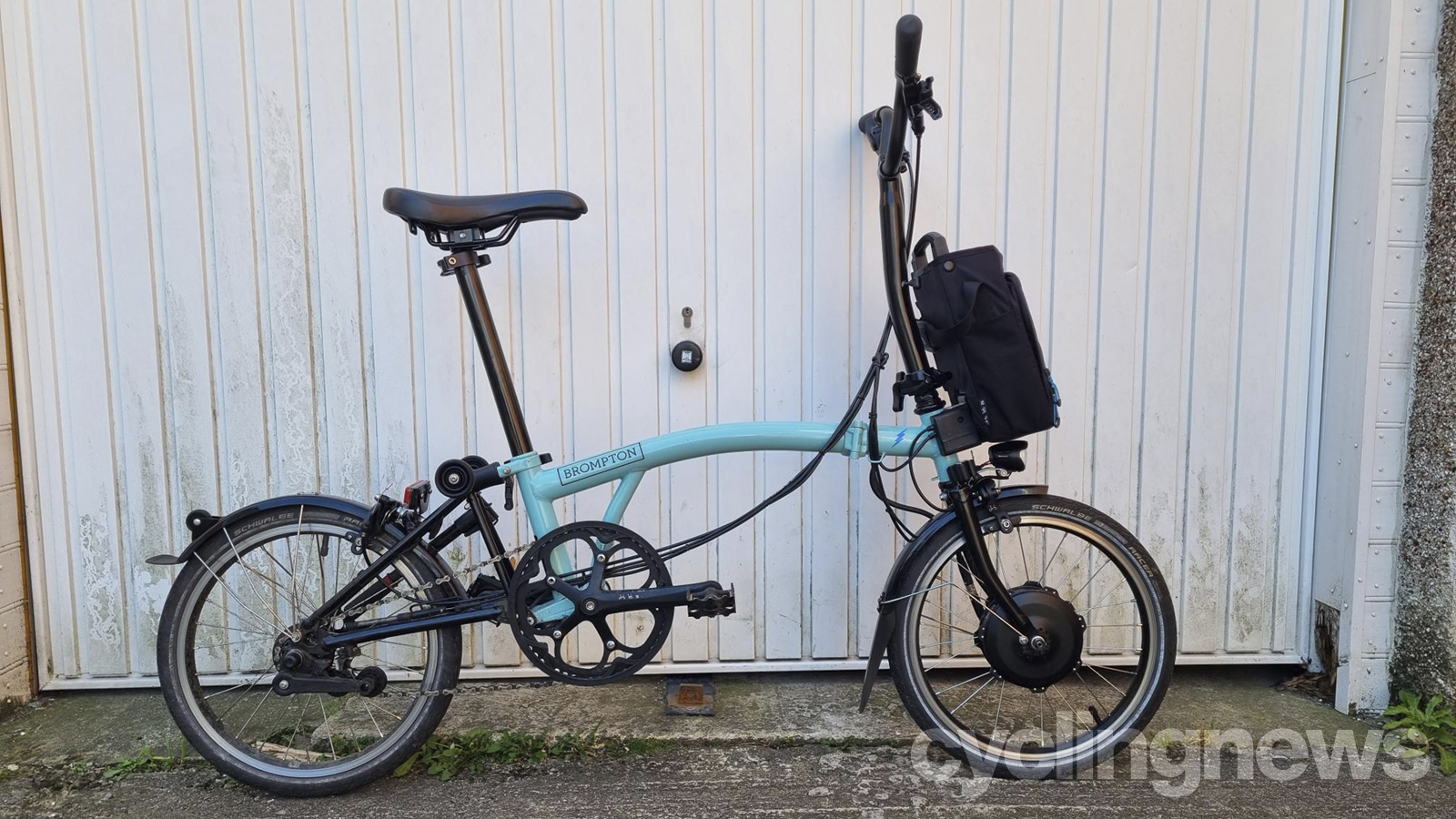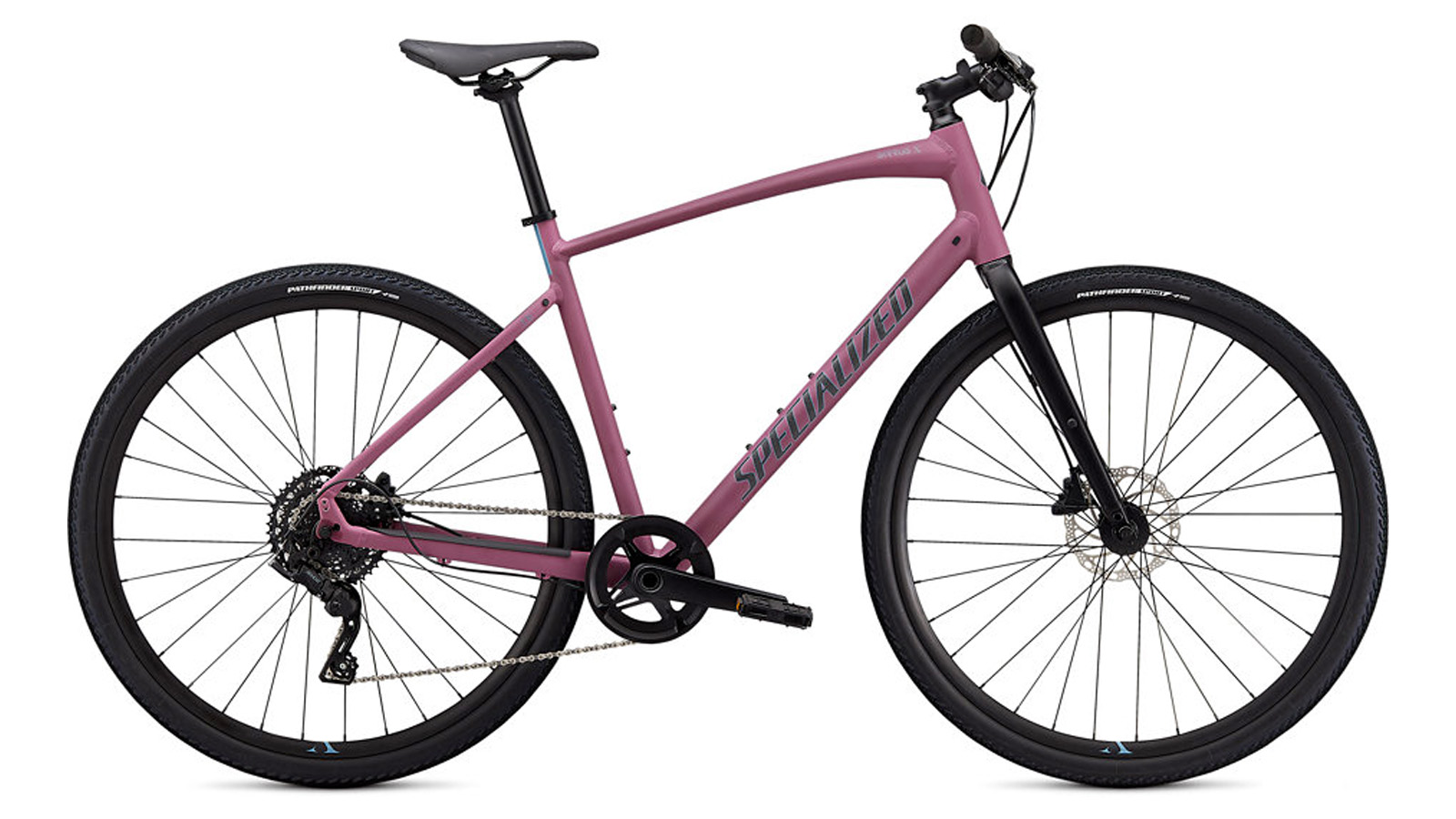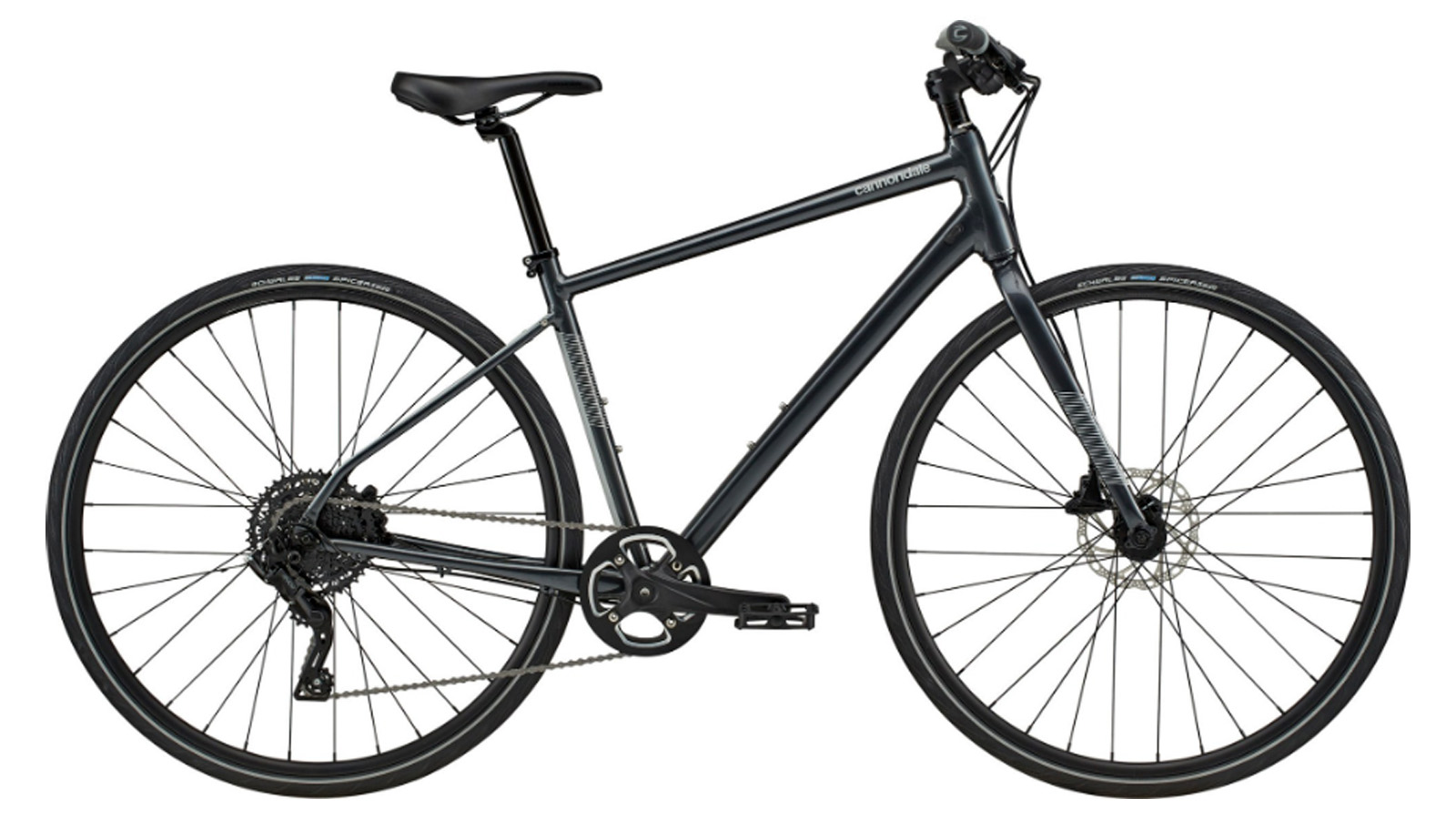Best commuter bikes: Flat bar, folding and electric options
The best commuter bikes however you prefer to ride to work
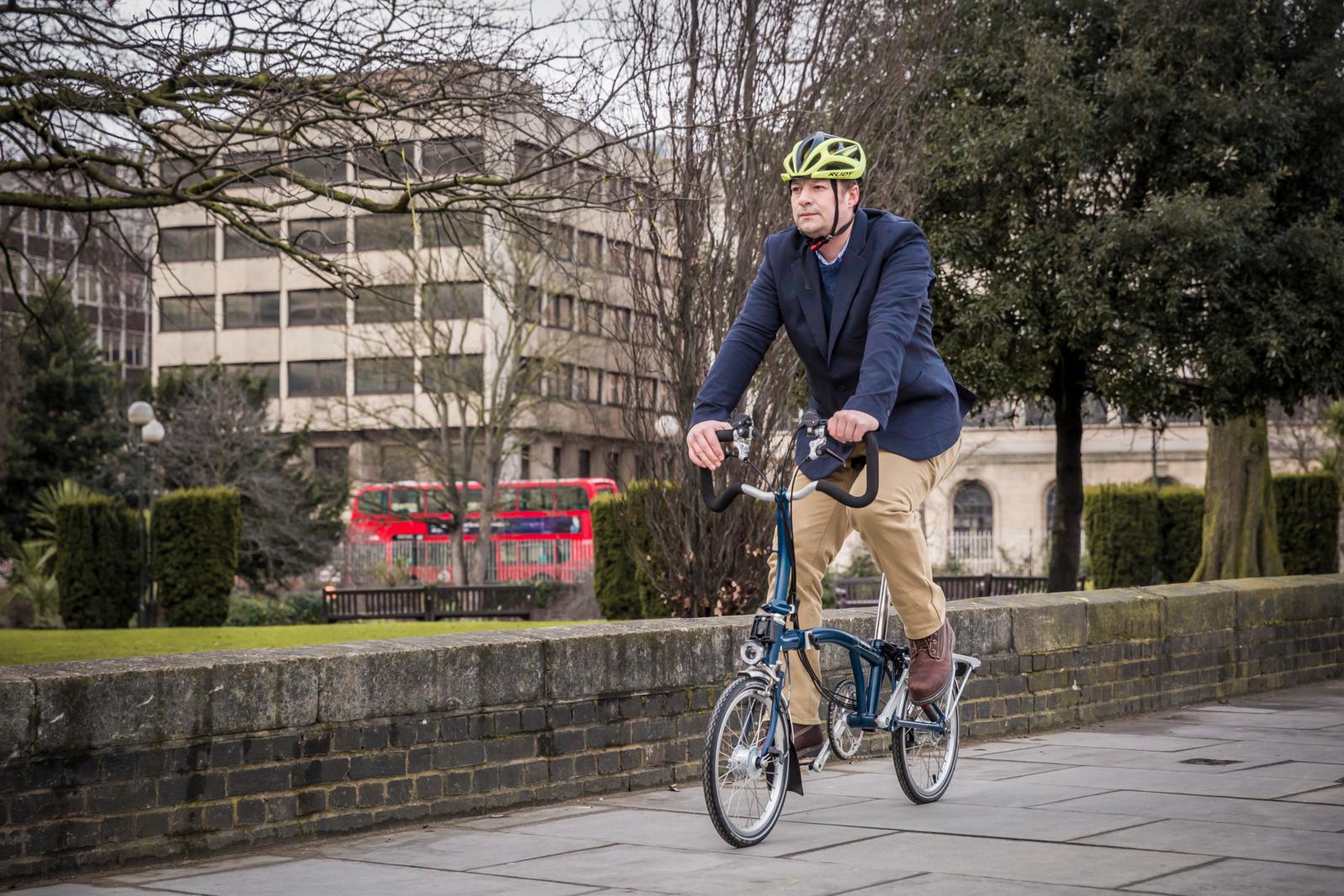
The best commuter bike for you will depend on how you usually get to work. If your commute is shortish and flattish, a pedal-powered hybrid bike is an inexpensive, durable option that will get you a workout and a comfortable ride to work.
If you're going further or have a more hilly route, one of the best electric bikes for commuting might be the answer, as it will make your ride easier. Most will give you plenty of range for multiple rides without needing to recharge, and many include wired-in lighting so you don't need to worry about separate batteries.
If your commute includes public transport, meanwhile, the best folding bikes will make things a lot easier. Some operators may only allow a folding bike to be carried at peak times. You could get the best of all worlds with the best folding electric bikes.
Below are our picks of the best commuter bike options. If you're after more advice, head to the bottom of the page for our buyer's guide to what to look for in the best commuter bikes.
Quick list: Best commuter bikes

The Brompton Electric adds a motor to the best folder in the business, for speedy commutes and public transport use.

The Tern GSD is a great option if you need an electric bike with plenty of carrying capacity.
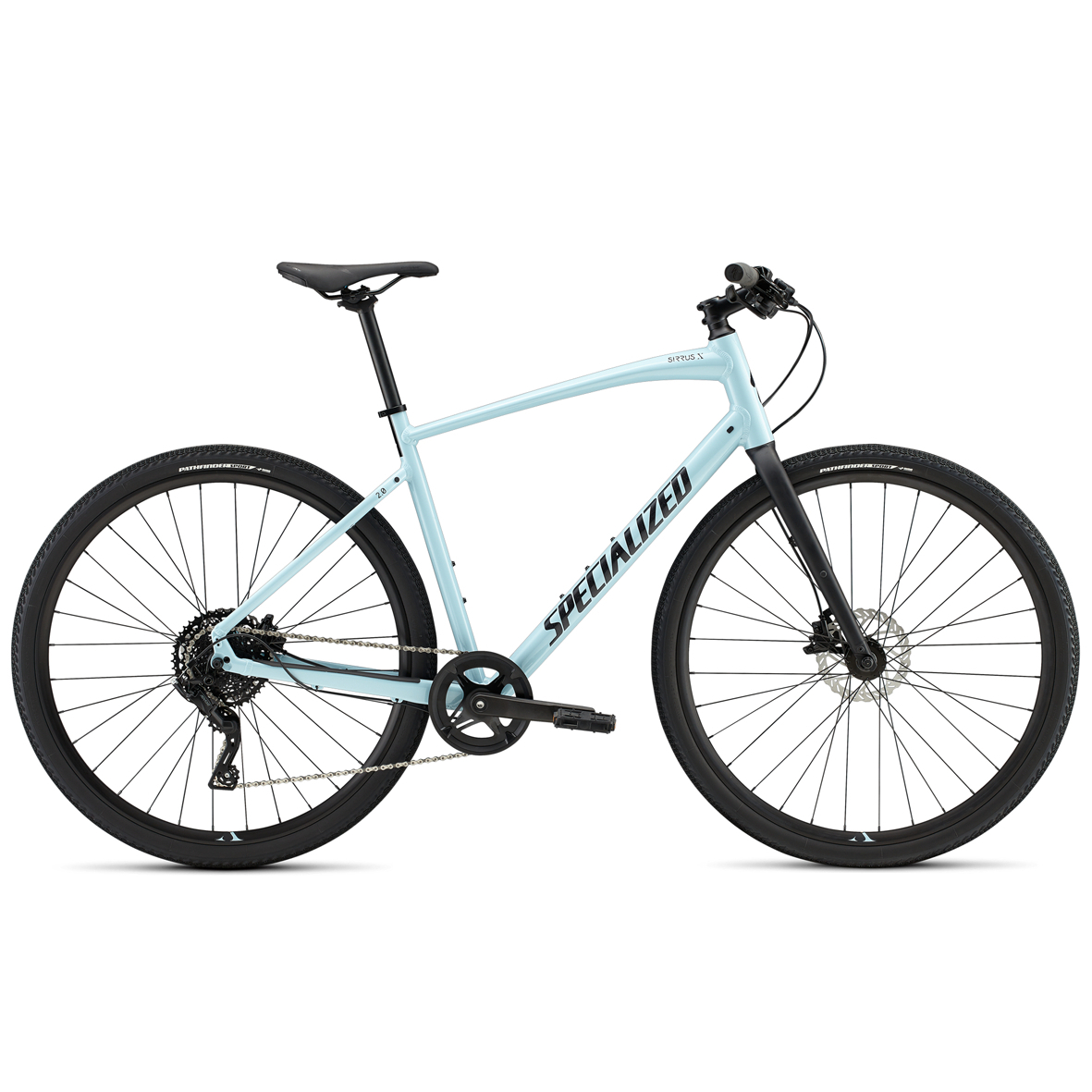
Specialized's rugged hybrid will handle rough road surfaces and off-road use, for versatility on your commute.
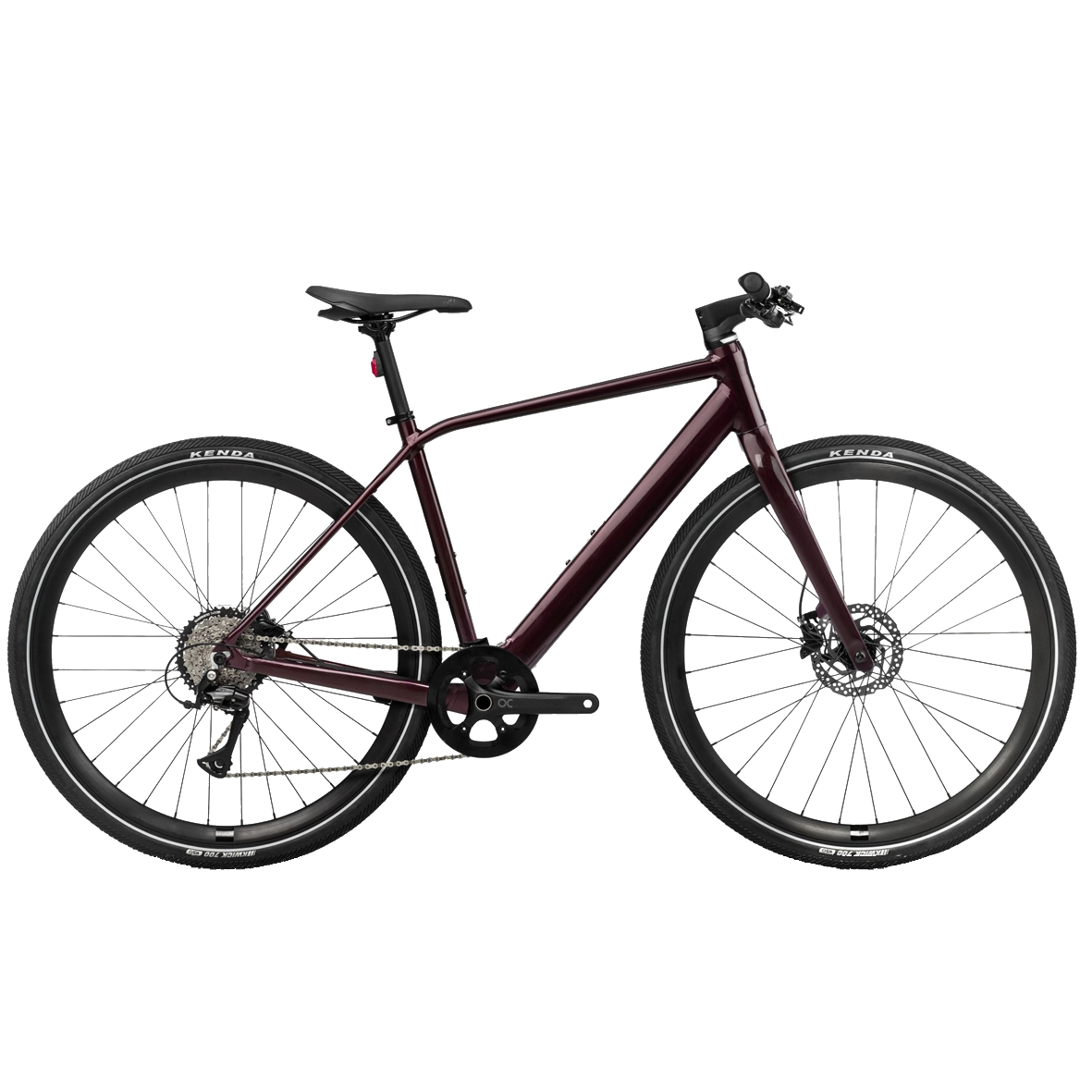
Another electric option, the Vibe's sleek looks hide a stealthy rear hub motor and an enclosed battery.
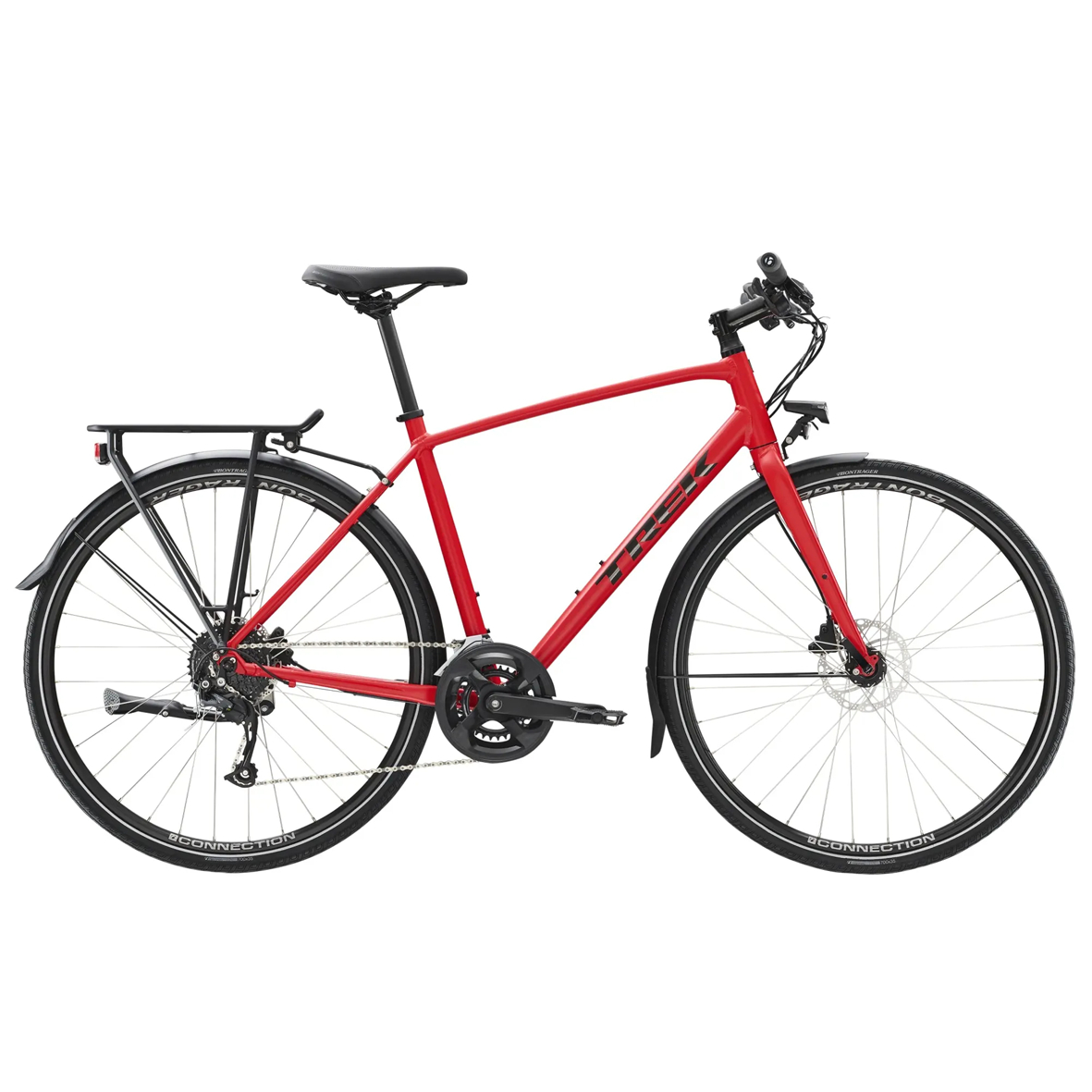
Trek's FX offers step-through and top tube options and a choice of rim brakes or mechanical or hydraulic disc brakes and bikes with all the extras.

Cannondale adds plenty of reflective elements, including tyres, to the Quick, so it shows up well in car headlights.
Last updated 03rd of November 2025 Bikes checked for current models, guide format updated with quick list and How to Choose and How We Test sections.
Best commuter bikes available today
You can trust Cyclingnews
Best electric folder
Specifications
Reasons to buy
Reasons to avoid
✅ You need an electric folder: Bromptons fold quickly and the motor adds flexibility.
✅ You want easier carrying: The Brompton folds small for easy transportation or storage and the separate backpack battery increases portability.
❌ You want a lower weight: The Electric C Line is Brompton's heaviest electric option.
❌ You want more load capacity: You need to add Brompton's roller frame for rear carrying.
For a long time, Brompton bikes have been the gold standard in folding bikes. Their reputation for reliability, handling, and how compact they are when folded away is second to none.
Now Brompton has overhauled its electric bike range, swapping from the front hub motor to a powered rear hub. At the same time, it's added a new 14.1kg T Line Electric to its line-up, alongside the 16.6kg C Line Electric and 15.6kg P Line Electric. There's also the G Line Electric, which rolls on 20-inch wheels rather than the 16-inch wheels of Brompton's other bikes.
In all cases, the 250W motor is powered by a 345Wh battery, which sits in a clip-on pack on the handlebars, which also offers some carrying room. Brompton says you can expect a range of up to 90km on a charge.
We've tested the older model C Line Electric with the front hub motor, but the bike's classic design and rugged build remain the same in the new models.
Read more in our Brompton Electric C Line full review.
Best for load-lugging
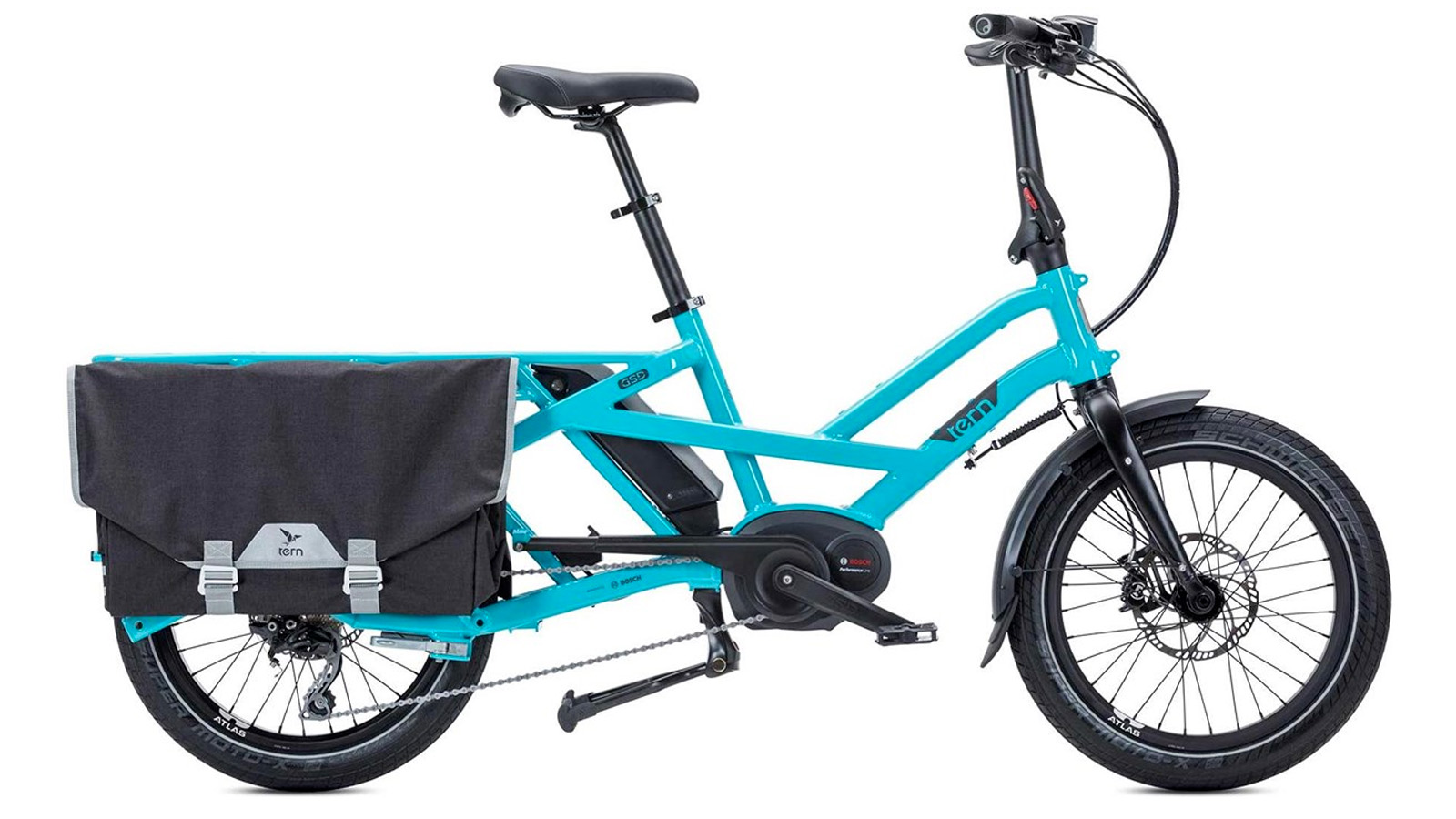
2. Tern GSD S10
Specifications
Reasons to buy
Reasons to avoid
✅ You want to carry large loads: The 200kg load capacity will cover most needs.
✅ You want assistance: The motor will make moving heavy loads around much easier.
❌ You want a compact bike: Although small for a cargo bike, the GSD is still quite large to store.
❌ You want more range: Factor in the cost of the larger capacity battery if you need to go further between charges.
While Tern is best known for its folding bikes, the GSD S10 doesn't fold in half, but the handlebars do fold to make it a bit smaller for storage. It also uses a Bosch Cargo Line motor with 400% assist support.
With a max load of 200kg, the low-slung aluminium frame can haul kids, groceries, cases of beer, and whatever else you want without sacrificing stability. The included 400Wh battery is said to have a range between 50-110km, depending on how much stuff you're carrying, and can be upgraded to a 900Wh power pack for additional range.
The bike rolls on 20-inch wheels, and the frame uses stout tubing and Boost hub spacing. Between the 1x10 Shimano Deore drivetrain and 85Nm of torque on offer from the Bosch drive unit, you should be able to ride the GSD up any hill, fully loaded. When you crest said hill and start to gain speed going down the other side, the four-piston Magura MT5 brakes and 180mm rotors will easily bring you to a safe stop.
Best for comfort
3. Specialized Sirrus X
Specifications
Reasons to buy
Reasons to avoid
✅ You want to off-road: The 42mm tyres will absorb a lot of surface imperfections.
✅ You want wide-range gearing: The 11-46T cassette gives plenty of range.
❌ You don't need the rugged spec: The non-X Sirrus should be fine for smoother road surfaces.
❌ You want even more compliance: An upgrade to the 4.0 spec will net you front-end microsuspension.
Made with Specialized's high-end A1 aluminium, the Sirrus X is a lightweight, capable, hybrid bike that borrows plenty of technology from its more performance-driven family members. Based around an upright geometry, the dropped chainstays, 27.2mm seatpost and 42mm tyres do well to absorb impacts, while the Body Geometry touch-points are specially designed to maximise comfort.
There is a range of specs, with the Sirrus X 3.0 equipped with a MicroShift Advent 1x9 drivetrain, which includes a clutched rear derailleur to hold the chain taut, even over the bumpiest of road surfaces. With an 11-46T cassette at the back, the 40T narrow-wide chainring will not only help you ascend any grade, but also prevent the chain from falling off.
While the X 3.0 spec has a rigid fork, the 4.0 benefits from Specialized's Future Shock micro suspension fork, which provides 20mm of travel at the bars to smooth the way. The X 3.0 offers an EQ option with lights, mudguards and a rack, while some specs also offer step-through models.
Best electric hybrid
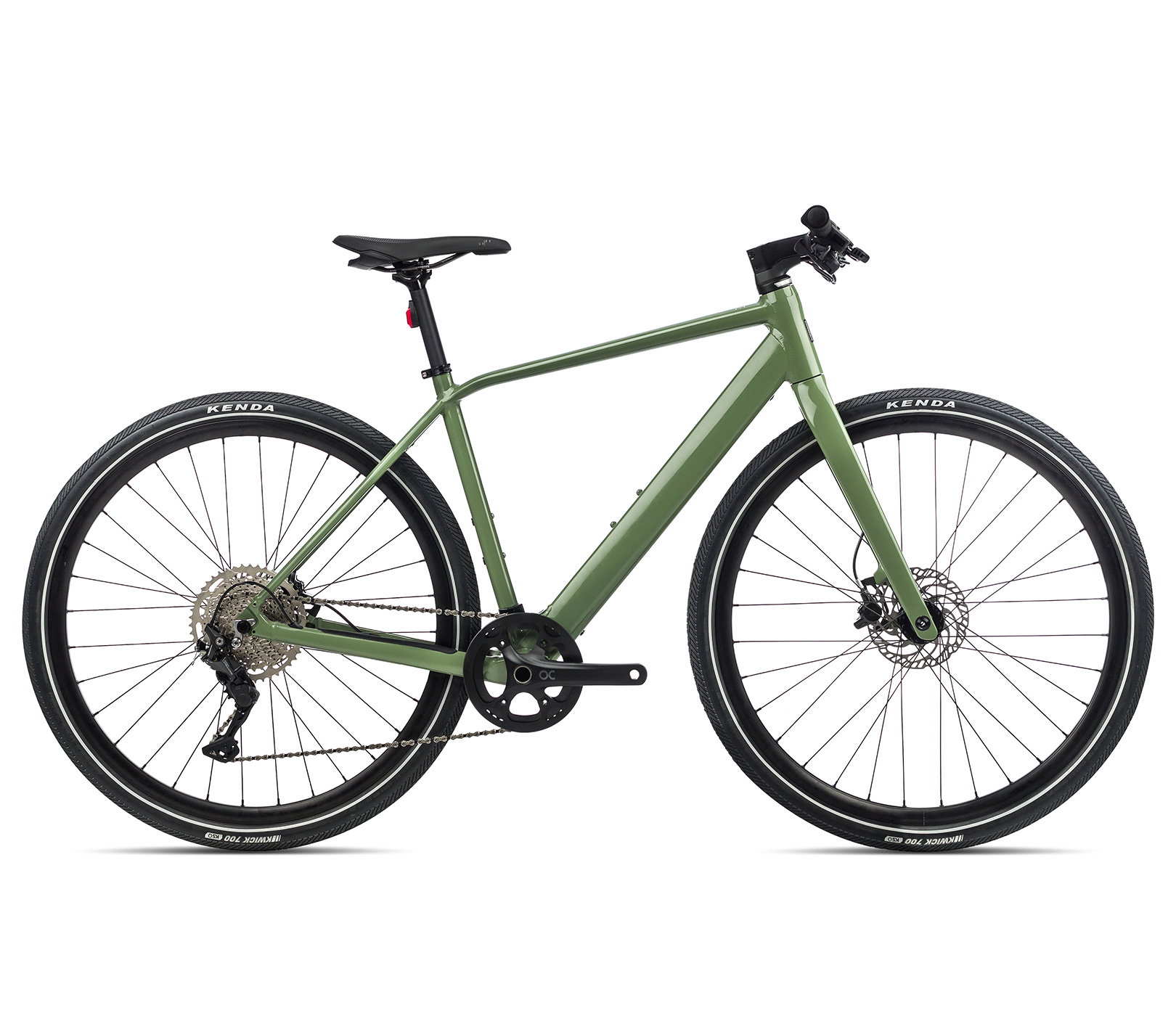
4. Orbea Vibe
Specifications
Reasons to buy
Reasons to avoid
✅ You want a sleek e-bike: The motor system is well integrated and doesn't detract from the Vibe's looks.
✅ You want extra range: You can buy a range extender that sits in a bottle cage and adds around 50% extra range.
❌ You want off-bike charging: The non-removable battery has to be charged on the bike.
❌ You want more torque: The motor's lowish 40Nm output means you need to do quite a lot of the work.
The Orbea Vibe H30 is one inconspicuous-looking electric bike. Using the Mahle X35 rear hub drive system, the battery is hidden inside the frame. There's plenty of electric power on tap, but it looks identical to a standard bike frame. The rear-hub-based drive unit offers 40Nm of torque and 250 watts of pedal assist for fast starts and cresting hills.
To make the frame, Orbea turned to hydroformed aluminium and paired it with a carbon fork. There are short chainstays for a nimble feeling bike and extra bracing where necessary. Forged dropouts help keep the rear hub motor contained, and a two-piece forged bottom bracket handles the weight of the battery. There's room front and rear for up to 45mm of tyre clearance for a comfortable ride, and you'll find mounts for fenders and racks.
Best for spec options
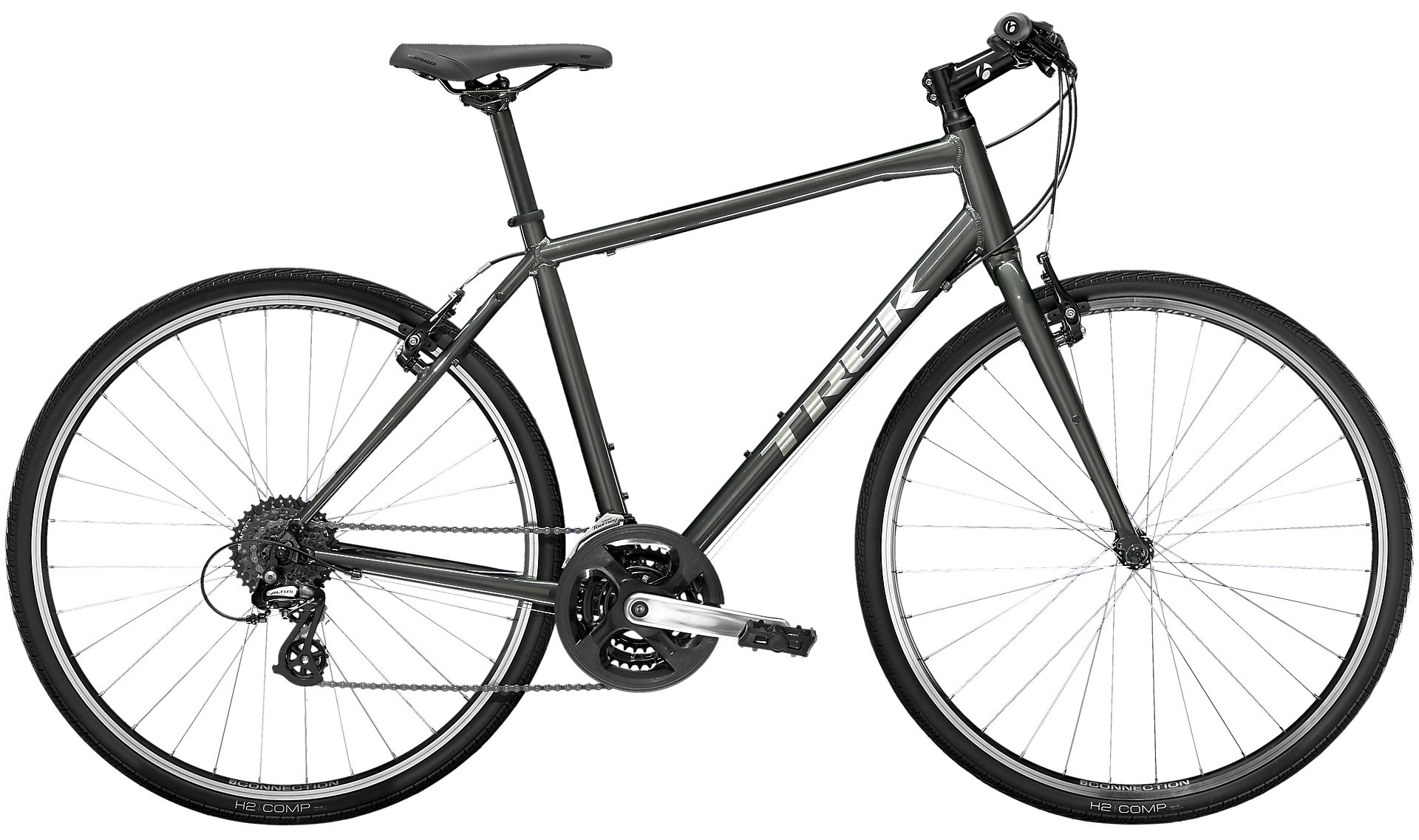
5. Trek FX
Specifications
Reasons to buy
Reasons to avoid
✅ You want plenty of spec choices: The FX goes from the basic to the sophisticated, depending on how much you want to pay.
✅ You want a big-name brand: The FX is an affordable option from Trek.
❌ You want a less basic frame: The alloy frame and fork are quite heavy and non-technical.
❌ You want easier gear maintenance: This spec's triple chainring may be tricky to keep working well.
If you're looking for a wide range of choices for frame shape and material, gearing and brakes, the Trek FX 1 range is a good option. It comes in a crossbar and step-through "Mid-Step" model and, although the base spec is equipped with rim brakes, you can upgrade relatively inexpensively to mechanical disc brakes. Head further up the FX range for higher specs and lighter bikes.
The base-level bike does all that's needed for most commutes, with the mounts needed to add a rack and mudguards for all-weather use. You can even add Trek's DuoTrap sensor to keep track of how far and how fast you've ridden.
Best for night rides
6. Cannondale Quick 4
Specifications
Reasons to buy
Reasons to avoid
✅ You want low-light visibility: Cannondale's range of reflective features helps ensure you're seen.
✅ You want a zippy ride: The Quick does what it says ride-wise.
❌ You want higher gearing: The 38x11T highest gear may be a little low for faster riders.
❌ You want a smaller frame: There's no XS option, although there is an XXL size.
The Cannondale Quick 4 is a versatile flat-bar road bike that is perfect for running errands or as a tool to help you get fit. Made from Cannondale's SmartForm C3 alloy, there are loads of rack and fender mounts, and the rear end sees the brand's SAVE micro-suspension.
All of the cables on the Quick are hidden out of harm's way inside the frame, and the Tektro hydraulic brakes provide superior power and modulation to their rim-brake counterparts, with less maintenance. Cannondale has specced the Quick 4 with a MicroShift nine-speed drivetrain, complete with a clutched rear derailleur. The ultra-wide-range 11-42T rear block is mated with a 38T wide-narrow chainring for ultimate chain security and plenty of gear range.
And to keep you lit up in low-visibility conditions, all the logos on the bike are reflective, and both tyres feature a reflective stripe on the sidewall. It's another bike with step-through as well as crossbar options.
Best hub gear commuter
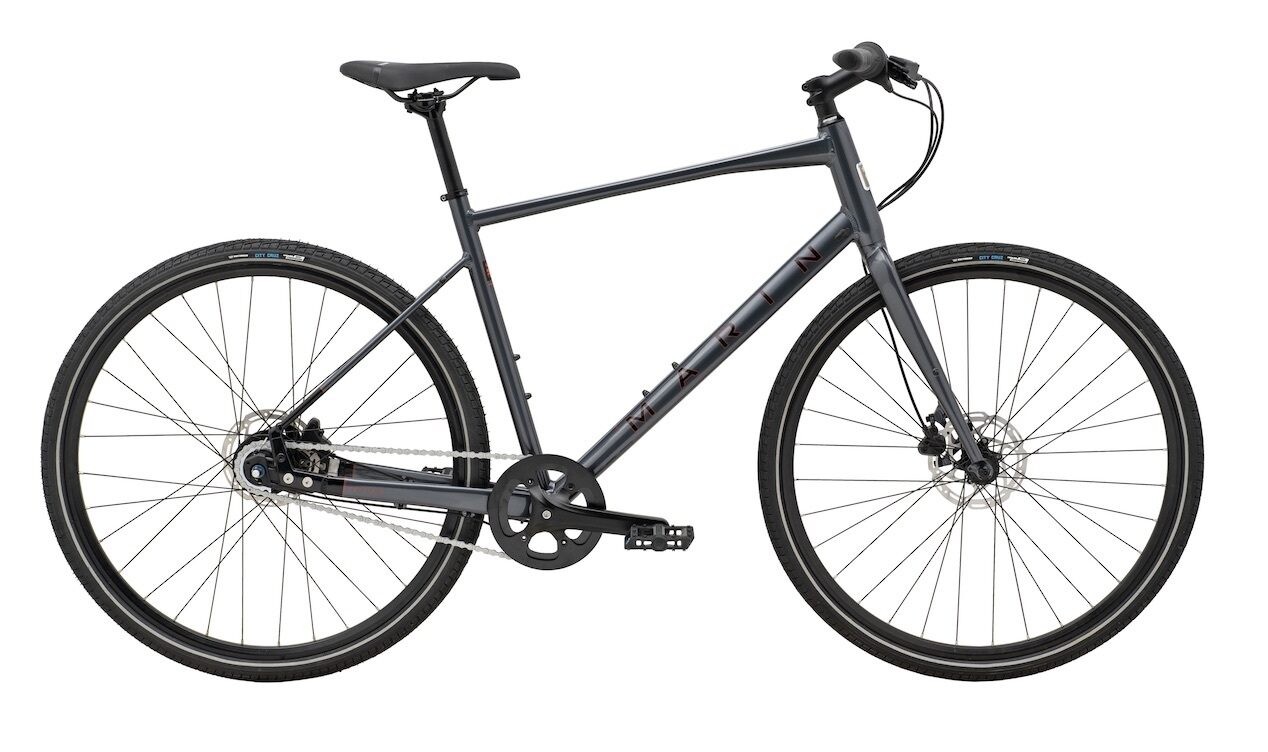
7. Marin Presidio
Specifications
Reasons to buy
Reasons to avoid
✅ You want easy maintenance: The hub gear should need little or no fettling.
✅ You want hydraulic disc brakes: The Presidio should provide good stopping power.
❌ You want even lower maintenance: The chain will need lubing, while a spec upgrade buys you a maintenance-free Gates belt drive.
❌ You want a carbon fork: A carbon fork should be more comfortable than an alloy one.
If you're looking for a low-maintenance commuter, the Marin Presidio 2 offers 7-speed Shimano Nexus hub gears along with a chain drive. There are also hydraulic disc brakes for efficient stopping and mounts for mudguards and a rack. 32mm tyres should dispense with the worst of city street surfaces and make up for the alloy fork, which may be less compliant than a carbon version.
You'll need to keep on top of chain lubrication to keep it rust-free, but upgrade to the Presidio 3 and the spec swaps to a Gates belt drive that doesn't need lubrication and the Shimano hub gear adds an extra eighth speed.
Best US fast e-bike
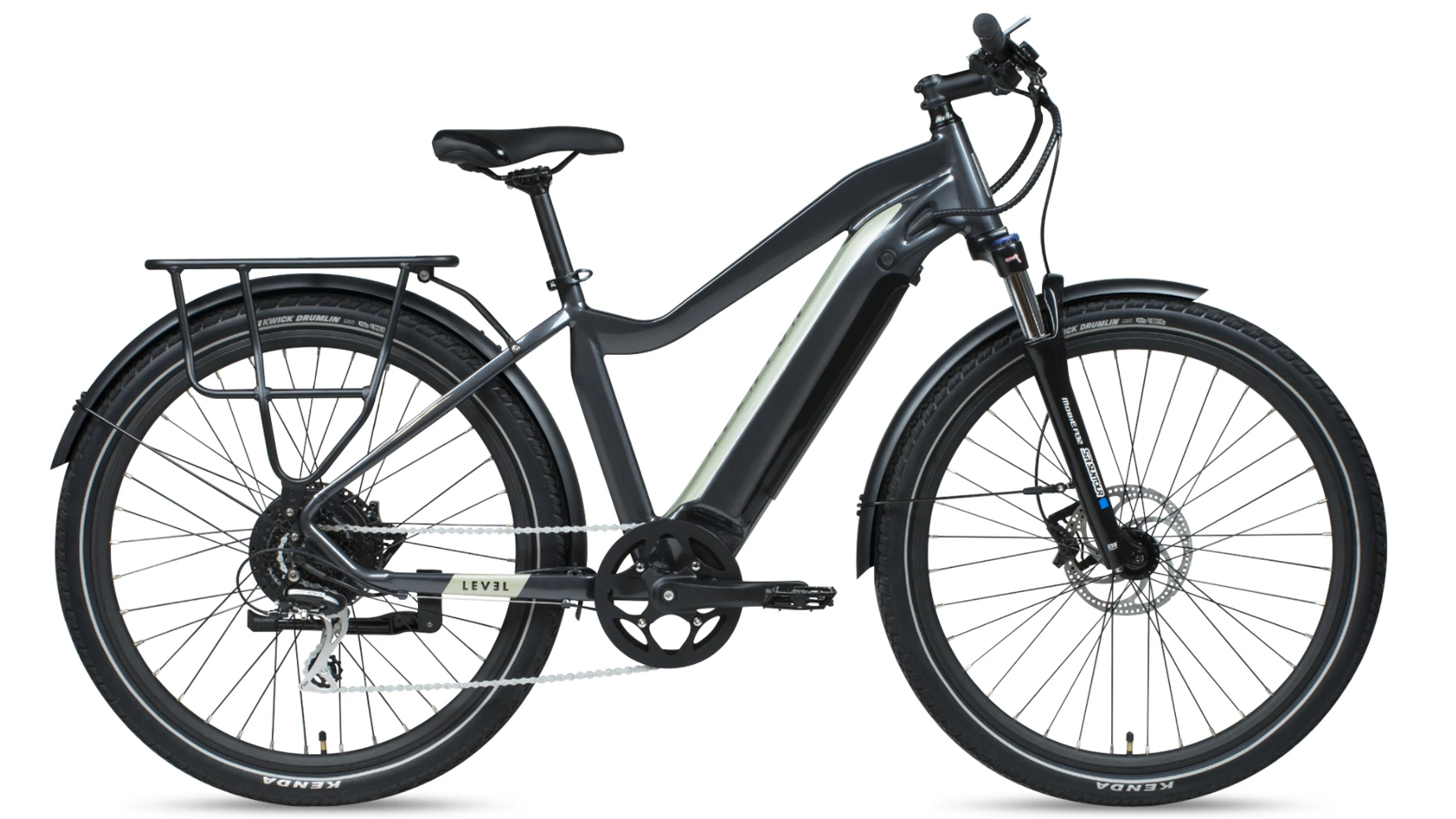
8. Aventon Level
Specifications
Reasons to buy
Reasons to avoid
✅ You want a fast US commute: With assistance up to 28mph, you can get around quickly.
✅ You want all the extras included: Fenders, a kickstand and a rack set you up for commuting.
❌ You want a lower weight: The Aventon is a hefty e-bike.
❌ You're not in the US: The 28mph top assistance speed is only useful for US riders.
In the US, you can use much more powerful electric bikes than you can in Europe without any special licensing. The Aventon Level Commuter maxes out what's possible with a 750-watt (peak) rear hub motor and a throttle for easy stop and start or more help when you need it. Power for the motor comes from a lithium-ion 48V, 14Ah (672Wh) battery that looks integrated but remains removable. There's power on tap for a 28mph max speed, up to 40 miles of range, and carrying capacity for up to 300lbs, including the rider and anything on the included rear rack.
Even with all the power, Aventon keeps things smooth. The big 27.5" tyres go a long way, but there's also front suspension with 75mm of travel. When you need to fill up the tyres, the Level makes it easy by sticking to the more common Schrader valve and when it's time to stop, the big 180mm disc brake rotors are up to the task.
Get great deals on high-performance electric bikes and accessories for your next ride with our Aventon coupon codes.
How to choose a commuter bike
Here are a few things to think about when choosing the best bike for commuting and our advice on what to look for.
- What type of bike do I want? Is a hybrid the best choice, do I want a folder, do I want to carry extra luggage, do I want electric assistance?
- How much do I want to spend? There's a wide range of prices for all types of commuter bikes, so look for a bike that fits your budget.
- What extras do I need? You also need to consider other items you might need, such as a commuter helmet, mudguards, lights and a backpack or other luggage.
- How many gears do I need? If you live somewhere flat a single-speed bike might be fine, particularly if you are looking for an electric bike. If there are any hills in your way, you'll want plenty of gearing. Fortunately, most commuter bikes include wide range of gears.
- How long is my commute? If you're just cycling a few miles, a lower spec bike might be fine; if your commute is longer, consider spending more for higher quality components and a more comfortable ride.
- Am I taking public transport? Some restrict you to a folding bike, particularly if you travel at peak times, some are fussy about electric bikes. A folding bike is, in general, a lot easier to negotiate mass transport with.
- Is my bike going to be left outdoors? If so, look for a low-maintenance option (more below) and invest in a quality bike lock.
Everything you need to know about the best commuter bikes
What type of bike should I look for?
If you are looking for the best commuter bike for your needs, the first thing to think about is the type of bike that you want.
Are you happy to pedal yourself or do you want electric assistance? Even the best low-priced e-bikes will inevitably cost more than a pedal-only model. They'll be heavier too and potentially require more maintenance. On the other hand, they'll make hills and longer commutes a lot easier, and your peak effort should be lower, so you'll arrive feeling cooler and less tired.
A folding bike or folding electric bike is a lot easier to store and to take on other modes of transport, but, like an electric bike, it will usually be heavier than a hybrid. You also need to think about how easy the folding mechanism is to operate.
Folding bikes tend to be less stable than hybrid bikes and trickier to ride longer distances. Their smaller wheels give a less comfortable ride, although many include suspension to help.
You could also choose one of the best women's hybrid bikes if you're looking for women's sizing and geometry and women-specific touchpoints.
Which bikes are low-maintenance?
Moving parts need to be maintained, and bikes have a lot of moving parts that can wear out and/or fail. Unless your destination has some sort of bike-parking facility, it's more than likely that your bike will spend extended periods locked to a rack at the mercy of other commuters, passers-by, and the elements – so on a commuter bike, the fewer moving parts, the better.
First and foremost, we would recommend avoiding suspension forks on commuter bikes unless they're high-quality units. While they will be listed as a stand-out feature as you scroll through a bike's description, the forks spec'd on commuter bikes are usually cheap and don't offer much in the way of shock absorption. They are heavier and more expensive than a rigid fork, and are in danger of seizing over time anyway without regular maintenance. A carbon fork might be a better option to help make the ride smoother.
Gears, shifters and derailleurs are also moving parts that need to be maintained. If you live somewhere flat and can get away with a single-speed, you have fewer parts to fail or look after.
Internally geared hubs are a great solution, but they do add to the weight and price tag. They're often paired with a single-speed belt drive, which is essentially maintenance-free.
If you think you will need gears, look for grip shifters instead of trigger shifters; again, they are simpler and have fewer moving parts.
Are e-bikes worth it?
E-bikes have made commuting more accessible because they will offer a bit of extra oomph to help you get to your destination faster, or up over that big hill at the end of your street. Several of the above choices include a motor, although there are often non-assisted versions of the same bike in manufacturers' ranges if you can get along perfectly well without.
The drive unit and battery add weight, complexity and cost to a commuter bike and can be hard on drivetrain components, too. The additional power does add another level of utility to your bike, though, meaning that you can carry much heavier loads – or zip around without breaking a sweat.
For more on electric bikes, read our guide to the best electric bikes for commuting, which has more advice on buying an e-bike and electric bike regulations.
How much does a decent bike cost?
Price is always a bit of a contentious topic when it comes to commuter bikes, because most people don't want to drop a big wad on a bike that's likely to have a tough life. Still, if you buy a super-cheap bike, don't be surprised when parts break.
At the same time, spending a couple of grand on a commuter bike is probably overkill – unless you're looking at an e-bike, as the drive unit and battery add a significant cost.
As a ballpark figure, spending between £500 and £800 can get you a decent quality commuter hybrid bike with disc brakes, decent gearing and good quality finishing kit. Just be sure to keep it well-maintained and get it serviced regularly.
Check out our guides to the best budget hybrid bikes and the best hybrid bikes under £500 for low-cost options. We've also got a guide to the best women's hybrid bikes if you're looking for a bike designed specifically for women riders, although several of the bikes above are available in smaller sizes and with step-through frames.
Which frame material is best?
Steel, aluminium and carbon fibre will be the main three materials you will come across when looking at commuter bikes. Steel is tough, and usually relatively inexpensive, but it's also subject to corrosion and can be heavy.
Aluminium is lighter, durable and not subject to corrosion, but it's also more expensive and can occasionally have a harsh ride quality, although bike makers will aim to avoid this.
Carbon is the premium frame material of all bikes, but for commuters, we would recommend you steer clear. While it's light and stiff, it's comparatively fragile and could be damaged by locks, racks or other commuters. It's also more expensive than other options.
A carbon fibre fork is worth looking for as it will typically make for a more comfortable ride than one made of aluminium or steel.
What accessories should I buy for commuting?
If you're new to cycle commuting, there are quite a few extra items that you should budget for, in addition to your bike.
We've put together a handy commuter bike accessories checklist, so you can check what you might need. We have lots of other commuter product guides as well, including the best commuter helmets for safe cycling, best cycling backpacks and saddle bags to carry your essentials, best bike lights and best bike locks to help keep your new bike safer from thieves.
Don't neglect your clothing needs either, starting with a waterproof jacket.
How we test
Cyclingnews's team of reviewers is out riding year-round, to bring you our comprehensive reviews of bikes, equipment and all things cycling.
Although we haven't ridden the majority of the bikes above, we're hardened commuters here at Cyclingnews. Our team commutes to the office by bike, so we know the ups and downs (literally) of commuting and what to look for in a commuter bike.
Head to our How We Test page for more.
The latest race content, interviews, features, reviews and expert buying guides, direct to your inbox!
Paul has been on two wheels since he was in his teens and he's spent much of the time since writing about bikes and the associated tech. He's a road cyclist at heart but his adventurous curiosity means Paul has been riding gravel since well before it was cool, adapting his cyclo-cross bike to ride all-day off-road epics and putting road kit to the ultimate test along the way. Paul has contributed to Cyclingnews' tech coverage for a few years, helping to maintain the freshness of our buying guides and deals content, as well as writing a number of our voucher code pages.
